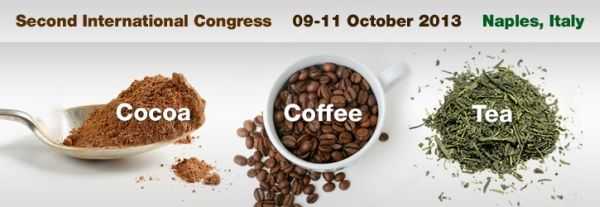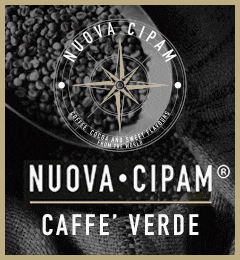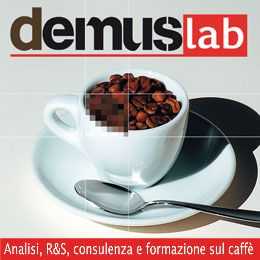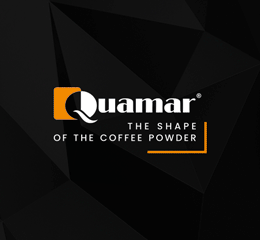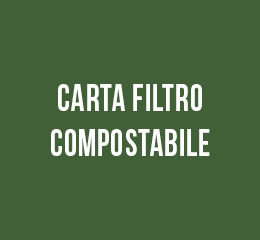Ralf Zimmermann1,*, Sven Ehlert1, Jana Grabowski1, Michael Fischer1, Sebastian Wohlfahrt1, Georg Matuschek1, Mohammad Saraji-Bozorgzad2, Thomas Denner3, Romy Hertz1, Andreas Walte2
Chair of Analytical Chemistry, University of Rostock, Germany (ralf.zimmermann@uni-rostock.de) Photonion GmbH, Schwerin, Germany Netzsch-Gerätebau GmbH, Selb. Germany
It has been shown recently, that mass spectrometry with photo ionization (SPI-TOFMS or REMPI- TOFMS) is well suited for on-line detection of volatile and semi-volatile compounds in coffee roasting off-gases [1].
Another interesting subject for studying thermal processes in food chemistry or for quality control applications analysis is the coupling of thermal analysis (e.g. thermogravimetry, TG) to mass spectrometry (MS).
The resulting TG-MS set up [2] is a powerful technology for analysis of thermal degradation products from organic materials such as tobacco, coffee or cocoa. However, TG- MS with electron ionization (EI) gives predominately information on the evolved small molecules such as CO, CO2, or H2O while more complex organic molecules often are not so well detectable due to the fragmentation associated with EI.
Mass spectrometry using soft single photon ionization (SPI-MS) in contrast allows the analysis of the evolved pattern of intact organic molecules in conjunction with thermal analysis (TA) data. Detection limits for organic compounds in evolving gases in the ppb- concentration region are achieved. In this work the application of TG-SPI-TOFMS for studying the roasting of coffee and cocoa is described.
With the TG-MS system the roasting processes of coffee beans as well as cocoa beans were simulated. During the roasting process, the mass loss as well as popping effect can be detected via the microbalance. In the mass spectra specific release kinetics are observed for different compounds, such as caffeine, theobromine, phenols, pyrazines or furfural.
Based on these results, an on-line control of the roasting process via the on-line detected chemical signature is encouraged. Furthermore a quality control application for roast and ground coffee is presented: In the evolved gases as district pattern of the lipids kaweol and cafestol is detectable.
Due to the different content of these lipids in Arabica and Robusta coffees the technique can be used for a fast test on the Robusta content of roast and ground coffee powder.
References:
[1] R.Hertz et al. Anal. Bioanal. Chem. (2013), in press [2] R. Geißler et al, Anal. Chem. 81 (2009) 6038-6048



